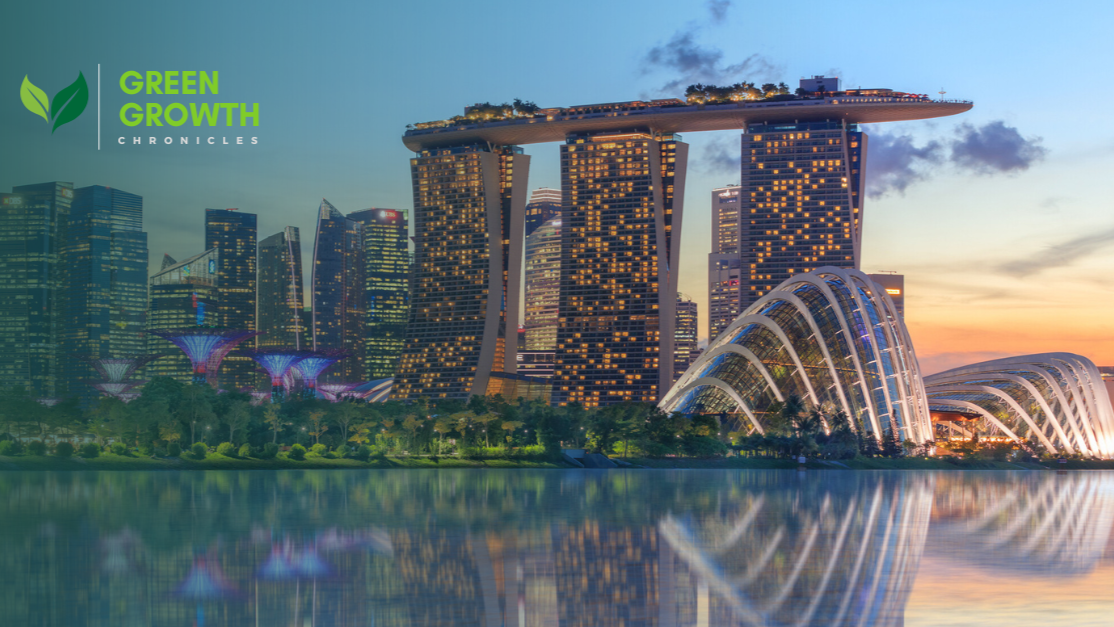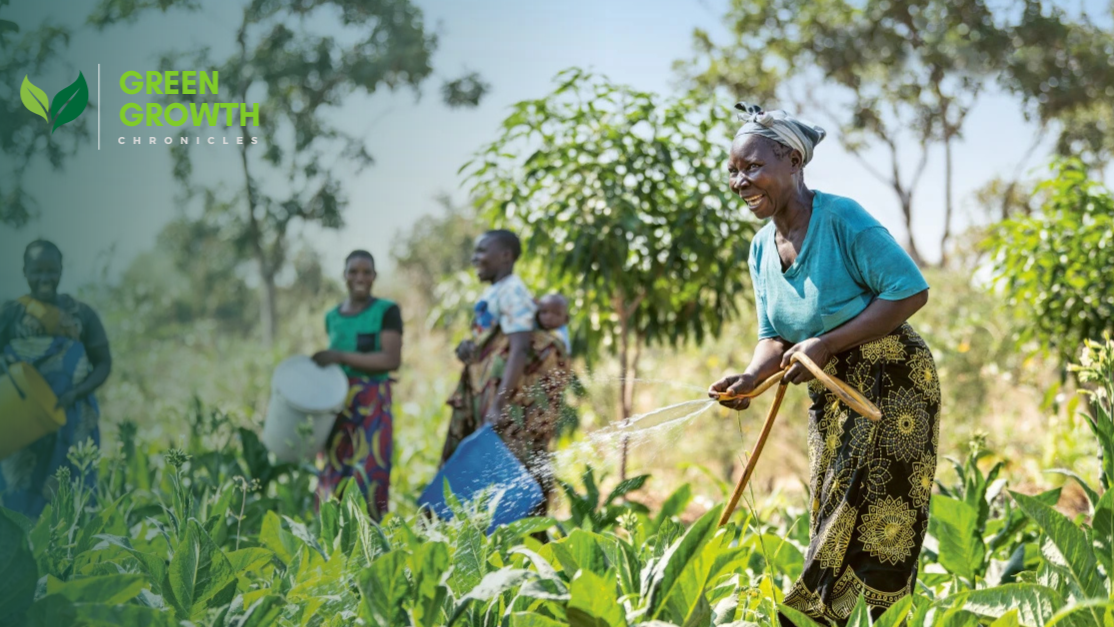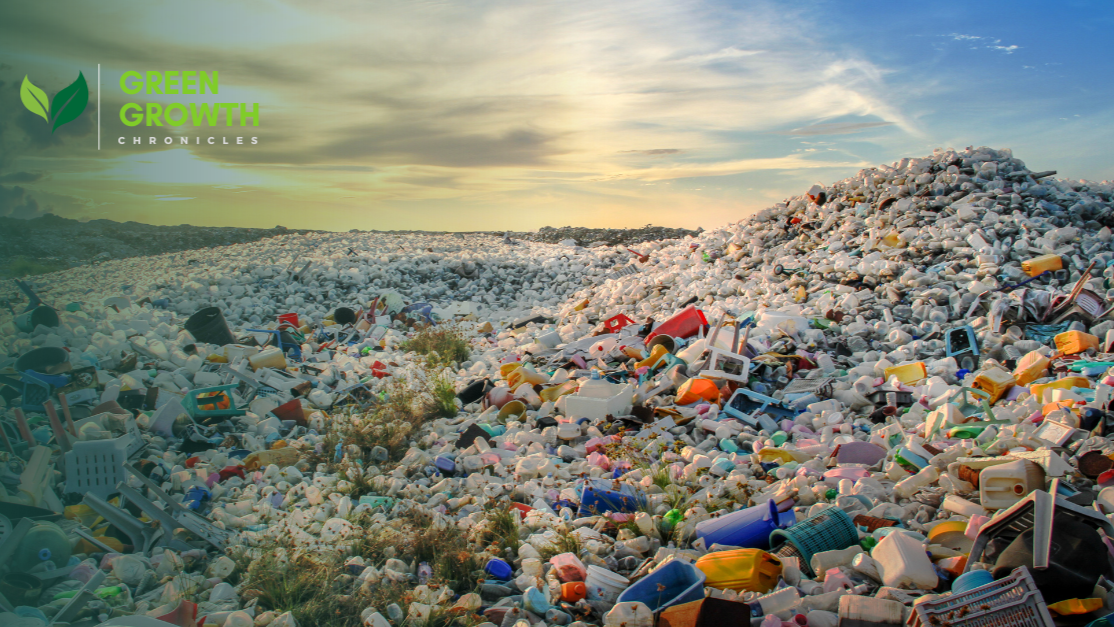The world is urbanizing at an unprecedented rate and cities are on the frontline of the climate crisis. According to the United Nations Department of Economic and Social Affairs, Population Division, it is projected that by 2050 nearly 7 billion people will live in cities.

The question is no longer if cities should become sustainable, it is how fast we can get cities to become sustainable. The Goal 11 of the United Nations’ Sustainable Development Goals (SDGs) is to “make cities and human settlements inclusive, safe, resilient and sustainable”
In this edition, I will spotlight the urban green solutions transforming cities into healthier, more livable spaces and the visionary individuals (both women and men) leading that change.
Cities are significant contributors to global carbon emissions and energy consumption, with cities accounting for over 70% of global greenhouse gas emissions and consuming more than two-thirds of the world’s energy. UN Habitat reports that cities consume 78% of the world’s energy and produce more than 60% of greenhouse gas emissions.
But the good news is, Cities are not just part of the problem — they are also powerful incubators of climate solutions. From vertical forests and electric public transport to waste-to-energy systems and green rooftops, a quiet revolution is underway.
In this edition, I will spotlight the urban green solutions transforming cities into healthier, more liveable spaces and the visionary individuals leading that change.
Sustainable cities are not just about cutting emissions, they are about improving quality of life. The World Bank highlights that green urban development can lower air pollution, reduce traffic congestion, increase biodiversity, and make cities more resilient to climate change.
In fact, research from C40 Cities, a network of nearly 100 global megacities—shows that sustainable urban policies could reduce emissions by over 90% in some sectors by 2050, while creating new jobs and improving public health.
Eco-Architecture
Urban planners and architects are embedding sustainability into every layer of city life.
Jeanne Gang (USA)

The founder of Studio Gang, Jeanne uses architecture to foster biodiversity and community, as seen in her eco-forward Aqua Tower and Nature Boardwalk in Chicago. Two of her most celebrated projects in Chicago the Aqua Tower and the Nature Boardwalk at Lincoln Park Zoo exemplify her commitment to fostering biodiversity and enhancing urban life.
Architects like Jeanne Gang are leading the charge with designs that foster biodiversity and human connection.
In Public Transport & Mobility
Leaders are transforming how people move around cities cutting emissions, improving access, and reclaiming public space.
Enrique Peñalosa (Colombia)

Enrique Peñalosa, former mayor of Bogotá, Colombia, revolutionized urban transit by introducing the TransMilenio bus rapid transit (BRT) system and expanding the city’s bicycle infrastructure. Launched in 2000, TransMilenio became a global model for BRT systems, featuring dedicated lanes, high-capacity buses, and integrated routes that significantly reduced congestion and commute times. In parallel, Peñalosa championed the development of over 600 kilometers of bike paths—known as Ciclorrutas—to promote sustainable, equitable, and health-conscious transportation. His initiatives redefined Bogotá’s urban mobility and inspired cities around the world to prioritize people-centered, environmentally friendly transport systems.
In Waste & Water Management
From grassroots to high-tech, innovators are leading the fight against urban pollution and resource waste.
Nzambi Matee (Kenya)

Nzambi Matee, founder of Gjenge Makers, is transforming how we think about plastic waste. Her Nairobi-based startup converts discarded plastic into durable, low-cost construction bricks that are stronger than concrete. Since launching in 2017, Gjenge Makers has recycled over 500 tonnes of plastic waste and created jobs for youth and women in the community.
Matee’s innovation tackles both urban waste and housing shortages, earning her recognition as aUNEP Champion of the Earth in 2021. Her work exemplifies how local entrepreneurship can scale impact and build climate-resilient cities from the ground up.
Green Roofs & Vertical Gardens
Green roofs can reduce urban temperatures by up to 5°C, absorb rainwater, and support biodiversity.
Patrick Blanc (France)

A botanist known for pioneering vertical garden designs seen in Paris, New Delhi, and Singapore. Patrick Blanc has pioneered the concept of vertical gardens, transforming cityscapes with lush, living walls of plants. Seen in iconic locations such as the Musée du Quai Branly in Paris and the Gardens by the Bay in Singapore, Blanc’s designs have not only enhanced urban aesthetics but also improved air quality, reduced heat island effects, and provided habitats for local wildlife. His vertical gardens reduce carbon footprints by enhancing building insulation, lowering energy use, and mitigating environmental pollutants.
Clean Energy-Powered Buildings
Buildings contribute nearly 40% of global CO₂ emissions.
Amanda Sturgeon (Australia/USA)

Founder of Regenerative Design Lab, Amanda Sturgeon is a global leader in biophilic and carbon-neutral architecture. Her work integrates nature into the built environment, emphasizing designs that not only reduce environmental impact but also regenerate the ecosystems around them. Through her innovative designs, Sturgeon has helped shape projects that focus on energy efficiency, water conservation, and habitat restoration.
One of her notable contributions includes working with Living Building Challenge (LBC) projects that aim for sustainability at every level.
More Examples of Green Urban Solutions Reshaping Cities


How Can We All Contribute to Making Our City More Sustainable:
- As Investors, back innovation hubs and climate startups led by diverse voices.
- Governments must integrate sustainability into all urban planning and infrastructure policies.
- As Citizens, support the movement by using public transport, reducing waste, and choosing local, sustainable services.
- Businesses, adopt sustainable practices in your operations, reduce carbon footprints, and invest in renewable energy sources.
Having sustainable cities are not a distant dream, they are being built now, by bold visionaries with heart and hustle. Every tree planted, bike lane built, and smart home powered by renewables brings us closer to the cities we deserve.
How can you contribute to making your city more sustainable? Share your thoughts and actions in the comments. Every small step counts
Until next time,
References & Resources
- World Urbanization Prospects 2018: https://population.un.org/wup/
- Nzambi Matee – Champions of the Earth: https://www.unep.org/youngchampions/bio/2020/africa/nzambi-matee
- Sophie Howe’s Climate Work: https://www.theguardian.com/
- Architectural Digest: https://www.architecturaldigest.com/
- Green Infrastructure: https://www.africancentreforcities.net/wp-content/uploads/2020/01/CSP_green-infrastructure_paper_LPasquini_JEnqvist_11.pdf
- Thriving: Making Cities Green, Resilient, and Inclusive: https://documents1.worldbank.org/curated/en/099900011182220848/pdf/P177249064afed0b1097e20d1a6bcff857f.pd

















